Nothing connects people from different parts of the world and disparate walks of life like travel does. With June upon us, let this be an inspiration to visit some of the world’s most iconic destinations, with an LGBTQ+ angle. Being a queer traveler is nothing if not an adventure, take my word for it, so the ‘we are family’ vibe is always welcome and these havens truly embody that.
A is for Amsterdam
The famously liberal Netherlands is a prime destination for all, regardless of age, skin color, or sexual orientation. It was also the very first country to legalize gay marriage in 2001. Amsterdam Pride in August is a pretty unique city fest with boats parading on the canals and participation from big companies like KLM, families with children, and, of course, the LGBTQ+ community.
The Dutch love outdoor festivals, and every July, the Milkshake Festival stands out as an ‘open-minded’ (read LGBTQ+ and beyond) event over two days with concerts, contests, and workshops, including well-known house DJs and voguing battles. Frisky, fashionable, flirty outfits are highly encouraged. Just remember to wear layers as it’s famously windy here, and when, not if, it rains, it absolutely pours!
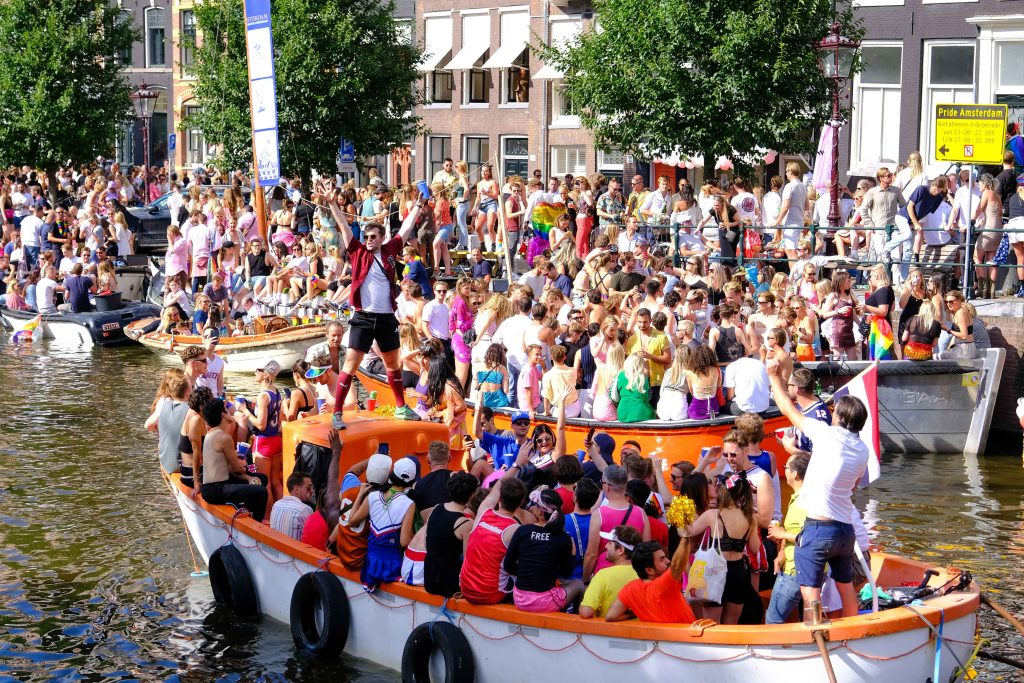
One of my favorite things to do here is eat. Amsterdam’s diverse population means you’ll find top-quality restaurants from all corners of the world. A must when I visit is Surinamese food, a mix of flavors from India, Indonesia, and West Africa that I can’t get anywhere else save Suriname itself. After a scrumptious meal, I love to spend my days chilling in a park, weather permitting, and Rozentuin in Vondelpark is the queer meeting spot for drinks, banter, and new encounters.
Just one last thing about Amsterdam, for the love of tulips, do not stand or walk on the bike lanes!
Seriously queer Berlin
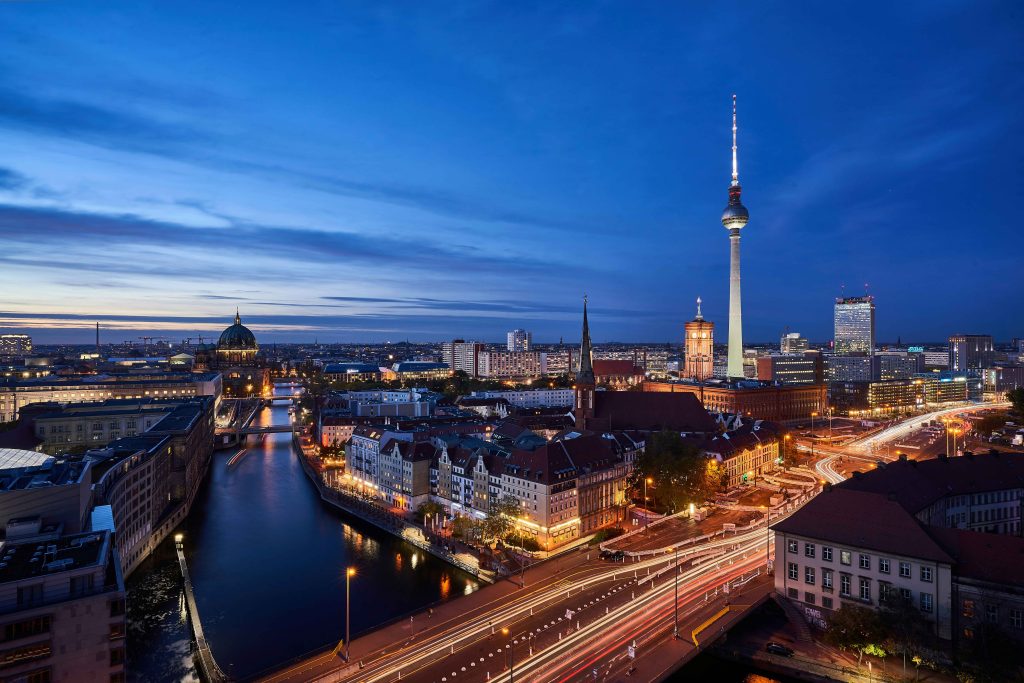
Germans are known for taking things seriously, and Berlin’s alternative culture is no exception! Electronic dance music may have originated in Detroit, but in Berlin, it found a second home and is part of the city’s DNA. When techno music set root here in the 1980s, Germany was already offering legal support for changing gender identity, and let’s say the Berliners haven’t looked back since.
I’ll leave it up to you if you prefer exploring Museum Island’s many treasures, the East Side Gallery remnants of the Berlin Wall, but no visit to Berlin is complete without perusing the alternative, funky neighborhood Friedrichshain. Here you find food from all corners of the world at the ready and plenty of unique boutiques. I can recommend Weinladen for your curated selection of Italian wines but feel free to opt for any of the many beer gardens where no one will bat an eye at anything you wear or how you choose to express your identity. Creative haircuts and individualist tattoos are the rule rather than the exception. For unique, very Berlin souvenirs and tchotchkes, the flea markets here are the place to go, and chances are you’ll find vegan Frankfurter hot dogs to match.
Funky Friedrichshain
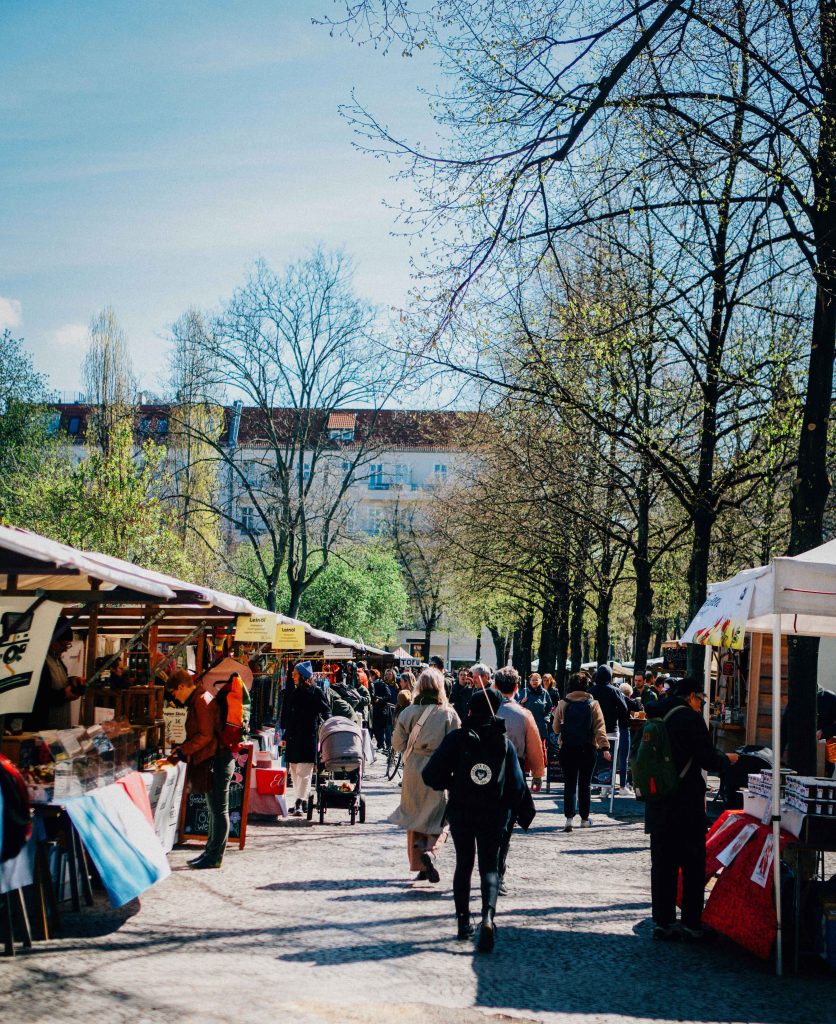
When in Friedrichshain, you’ll find yourself right in the queer clubbing area, including the infamous techno palace Berghain, techno label and night club Tresor and the legendary KitKat Club. Far from a chocolate bar, this is a place where pictures are forbidden, and there is a strict dress code, so checking their agenda beforehand is a must. Anyone donning jeans, a t-shirt, or sneakers is firmly turned away at the door, with no exceptions. The same usually applies to Berghain, so don’t say I didn’t warn you—queer Berlin means business!
Her name is Rio
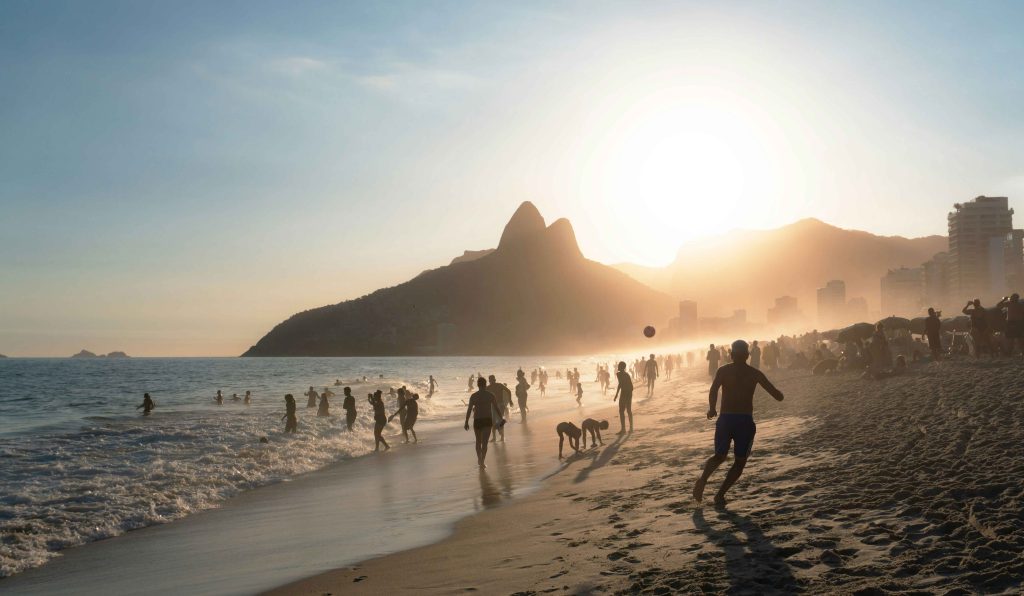
The city is known in Portuguese as The Marvelous City, and in spite of the big social disparity, I couldn’t agree more! You have to take Rio for what it is, stay street smart, and let the magic carry you with it. Cariocas, as Rio residents are called locally, are individualists who have seen, heard, and often done more than you would imagine, so feel free to be yourself to the fullest.
Head to historic Lapa for old-school samba venues, music events, and dance bars for the young and restless of all persuasions. That’s where you’ll find local and international hits, hip-hop, and Brazilian funk. If the line to the bar is too long you can get your tropical drink with your fruit of choice mixed right on the street. The real LGBTQ+ hub, however, is Ipanema, with the beach between Post 8 and 9 marked by rainbow flags and a ‘skin is in’ attitude. The laid-back adjacent neighborhood boasts queer cafes, bars, and clubs waiting to be explored.
Not all beach hair and caipirinhas…
Bar LouLou on Rua Teixeira de Melo 47 identifies as Greek -who am I to judge- and has some of the most creative cocktails you’ll ever find. I had one in the shape of a little bathtub, complete with sugary foam and mini rubber duck! Exhibit A:
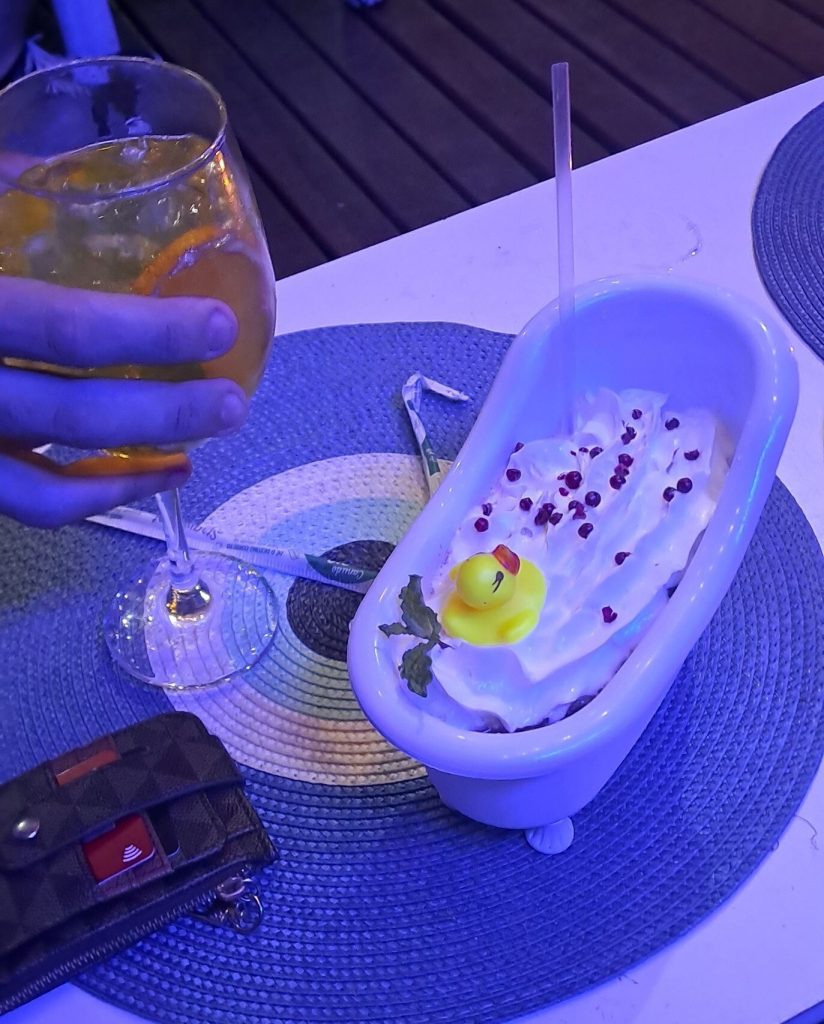
Rio enchants all who visit, regardless of age, gender, sexuality, or race. But it’s not all beach hair and caipirinhas. I would highly recommend a guided visit to a favela, to understand how the city, and all of Brazil, in fact, functions. It’s a safe, fun, and eye-opening experience that you’ll never forget. Many of these tours work together with LGBTQ+ communities in the favelas and employ local queer guides. Do not under any circumstance venture into a favela on your own. A guided tour is always the way to go and your experience of Rio will be all the more colorful for it.
SF The OG
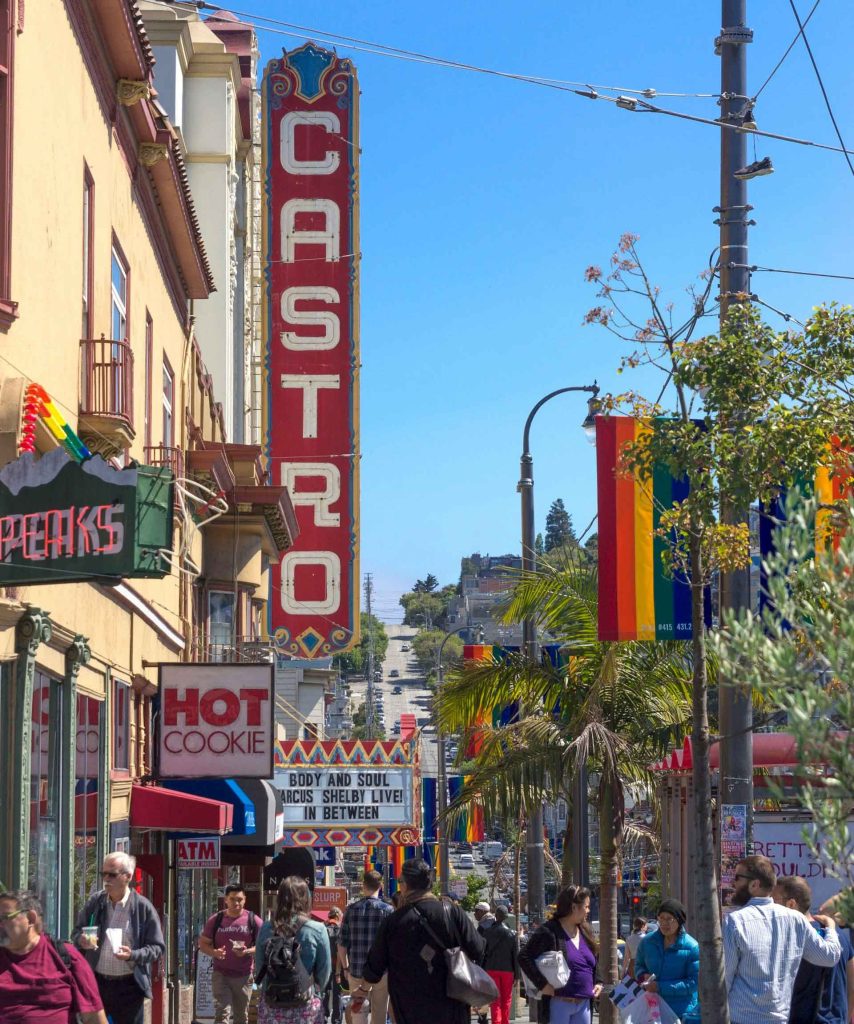
While the gay liberation movement is often said to have started with New York’s Stonewall Riots in 1969, San Francisco had seen smaller demonstrations and organizing for gay and bisexual liberation in 1966-67. Throughout the ’70s, Harvey Milk pushed boundaries as the first openly gay politician in America and probably the world. He met a tragic end in 1978, but his legacy lives on to this day.
This is also where the world’s first gay-borhood, the Castro, appeared, gaining an LGBTQ+ profile throughout the 1960s, which it maintains to this day. There’s no missing how loud and proud the local community is, as you’ll find rainbow colors everywhere along Castro Street, where even the pedestrian crossings are rainbow. It has a unique history and a ’for queer, by queer’ pride that’s rare to find. I opted for some shopping before hitting the bars, and at a queer bookshop where coffee books of queer theory and art were the tea, I settled for some… ‘vibrant’ postcards knowing there was a space and weight limit on my luggage for the trip home.
Progress and Pride
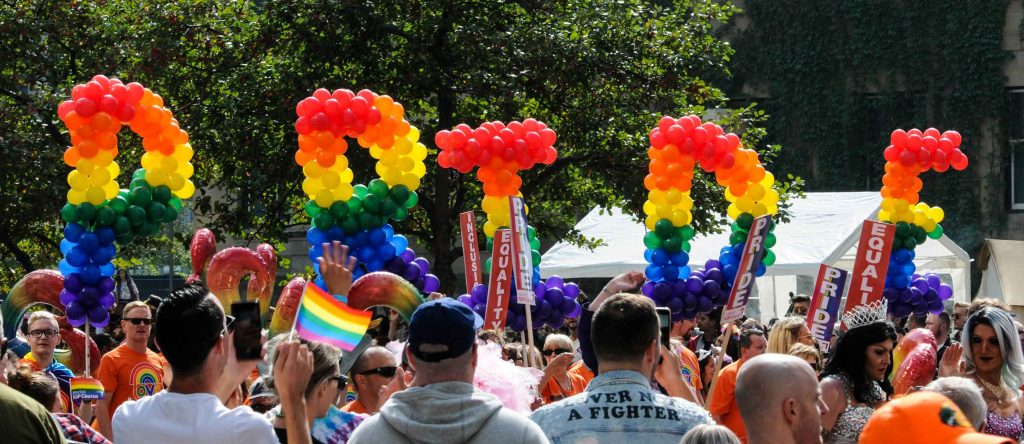
As it originally was, and to some extent still is, a residential area, you won’t find large nightclubs. Rather, cafe-hopping by day and bar-hopping by night is the way to go–think craft beers rather than vodka Redbull. Unlike many places where gay men seem to dominate the scene, the Castro has many bars where lesbians are prominent patrons, for example, El Rio was established way back in 1978, the same year Harvey Milk was assassinated.
Ending on a venue harkening back to the 1970s when the queer community started demanding recognition feels right as a reminder that it’s not just a June thing. We’re talking about five decades of progress and pride!


